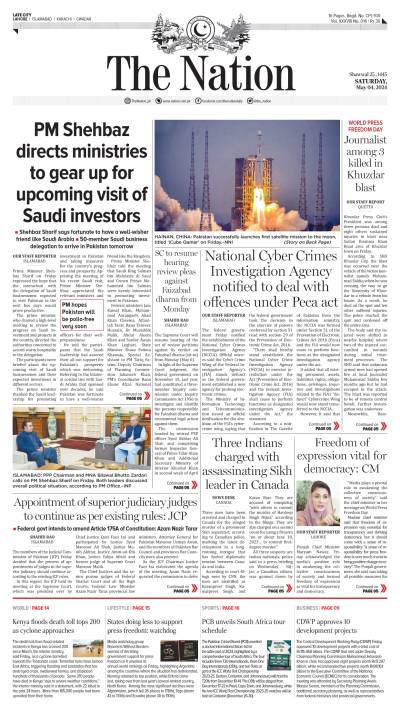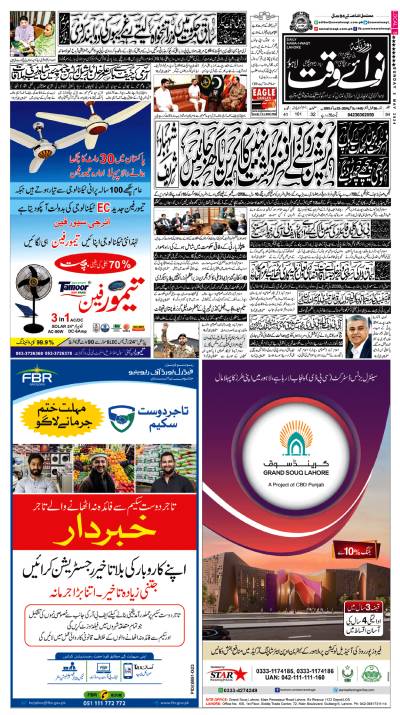India is second most populous and the seventh largest country in the world. The oldest racial group is the adivasis, the aboriginals of India who live in areas extending from Assam in northeast to Kanyakumari in the south. The next large ethnic group is Dravidians in the south and Aryans in the Indo-Gangetic plain. About 79 percent of the population is Hindu, 14 percent are Muslims, 2.3 percent are Christians and Sikhs are 2 percent. There are 845 dialects and 447 native languages and different religions namely, Hinduism, Islam, Christianity, Sikhism, Buddhism, Jainism, Zoroastrianism and Judaism. Despite the huge size, population and a big market for the USA and the west, some 600 million Indians still live below a defined poverty line.
After partition, Nehru played an important role in making India a secular democracy, and the preamble of the Indian constitution proclaims the goals of social justice and equality. Gandhi said everyone would be free to practice their religion and was also a proponent of reforms in the caste system. Hindus strongly believe in the caste system, and it is divided into four classes; Brahmins (priests and scholars) Kshatriyas (rulers and soldiers) Vaishyas (traders) and Sudras (servant class). Within these four major castes there are 2500 to 3000 sub castes and one such class is the Dalits, also known as untouchables/scheduled caste. The Dalits are at the receiving end and are living a miserable life and facing centuries of discrimination in all walks of life. Dalits have suffered public shaming for generations at the hands of upper caste Hindus. There are daily cases of killings of Dalits; resultantly thousands of Dalits are converting to Islam and Buddhism.
With BJP coming into power, so-called secularism has been replaced by Hindutva ideology. The Hindutva ideology, based on the discriminatory system of caste and religion, is a major faultline. The ‘sangh privar’ such as BJP, VHP, BD and Shiv Sena all have roots in the fascist Hindu organization, the Rashtriya Swayamsevak Sangh (RSS) from where they all draw their strength and inspiration. The RSS-BJP led government wants to restore old Hindu glory and to promote Hindu religion by wiping out the very identity of other religions, especially Muslims, who are portrayed as invaders.
The BJP-led states in Gujrat, Maharashtra and Rajasthan are re-writing history textbooks to downplay Islamic contribution to Indian glory, history and culture. Another faultline relates to the ongoing insurgencies across India. People of the north east (seven sister states) have been branded “outcastes” in the Hindu caste system. The northeast is the most volatile and insurgency-affected region in India after Indian Illegally Occupied Kashmir (IIOK). The demand of states like Meghalaya, Tripura, Manipur, Assam, Mizoram, Arunachal Pradesh and Nagaland is independent from India. The United Liberation Front of Assam (ULFA) in Assam, the National Socialist Council (NSC) in Nagaland, the People Liberation Army (PLA) in Manipur, the Mizo National Army (MNA) in Mizoram and Tripura National Volunteers (TNV) in Tripura have been waging a liberation war since independence. 116 militant groups are active in the northeast and 36 such groups operate in Assam alone.
The alienation of these states from Indian mainstream is near complete as they feel that they are different from the rest of India. Another faultline is the bloody conflict between the Maoist group, also known as Naxalites and Naxal and Delhi. The major affected states are Karnataka, Chattisgarah, Orissa, Andhra Pradesh and West Bengal. Naxal rebels are operating in 118 districts of 13 states out of 29 India states. This movement covers 40 percent of India’s geographical area and influences over 92000 square kilometers of the area. Manmohan Singh had called the Maoist threat India’s number-one internal threat.
Indian Illegally Occupied Kashmir is a major Faultline, which was incorporated into the Indian union in 1957 and granted a special status under Article 370 of the Indian constitution. On August 5, 2019, the Modi government scrapped articles 370 and 35 A of the Indian Constitution. This was followed by bifurcation of IIOK and its merger with the Indian union, issues of a new political map and grant of domicile to thousands of Hindus. Kashmiris have been under military siege since August 5, 2019. Generation after generation of IIOK has continued to render untold sacrifices against fearful odds. Moreover, the Muslims of IIOK to this day, have found it impossible to identify themselves with Hindu India.
Another faultline is the uprising in Indian Punjab; there was a full-fledged uprising after operation Blue Star and the subsequent massacre of Sikhs across India. The Sikhs for Justice (SFJ) is planning a referendum across Punjab and Punjabi majority areas for an independent state of Khalistan in 2022. Sikhs also want to reject article 25 (b) (2) of the Indian constitution which says Sikhism is part of Hinduism. They also want the transfer back of Chandigarh and Punjabi speaking areas from Himachal Pradesh, Haryana and Rajasthan to Punjab. Delhi may have restored law and order for the time being but Sikhs are determined to establish an independent Khalistan.
Tamils in the south who have their own form of Hinduism which they proudly upheld against Aryans of north. In south India before 1947, there was a demand for an independent Dravidistan. At present, there is a united Tamil struggle against north Indian hegemony. Muslims of India, the third largest Muslims population in the world, are marginalised, hate crimes have increased since 2014. The Modi government is turning a blind eye to the rising numbers of Hindu vigilant attacks on Muslims farmers, livestock traders and farmers trespassing cows. India also excluded nearly two million Muslims from the citizenship list in the north eastern state of Assam where the BJP government has decided that all non-Muslims refugees can get citizenship within the Indian union.
Despite their claim of being secular, the communal violence and repression of Muslims has been a recurring phenomenon in India. India is a so-called country pledged to secularism, but in reality, it is a fanatic Hindu state. The possibility of a Muslim uprising across India against Hindu led atrocities cannot be ruled out in the near future. The underlying causes of these faultlines are political, religious and socio-economic based grievances. In his book ‘India: A Study in Profile’, Lt Gen Javed Hassan (Retd) has written that the racial division of country, Dravidians in the south, Mongoloids in the northeast and Aryans in the center and north is also a major contributing factor to these faultlines. If these faultlines are not addressed and oppressed communities are not rescued from atrocities, the future outcome for India could be catastrophic, which may lead to its disintegration.
Sunday, May 05, 2024
Indian faultlines
The writer is a retired brigadier and freelance columnist. He tweets @MasudAKhan6.
6 terrorists killed in North Waziristan: ISPR
May 05, 2024
PTI rejects person-specific constitutional amendment
May 05, 2024
Judicial Revamp
May 05, 2024
Global Assassinations
May 05, 2024
Journalistic Peril
May 05, 2024
Tourist Tragedy
May 04, 2024
Ending Polio
May 04, 2024
Battling economic adversity
May 05, 2024
Importance of vaccinations
May 05, 2024
Jam Chakro Landfill
May 05, 2024
Livestock trade
May 05, 2024
Current state of affairs
May 04, 2024
ePaper - Nawaiwaqt
Advertisement
Nawaiwaqt Group | Copyright © 2024





